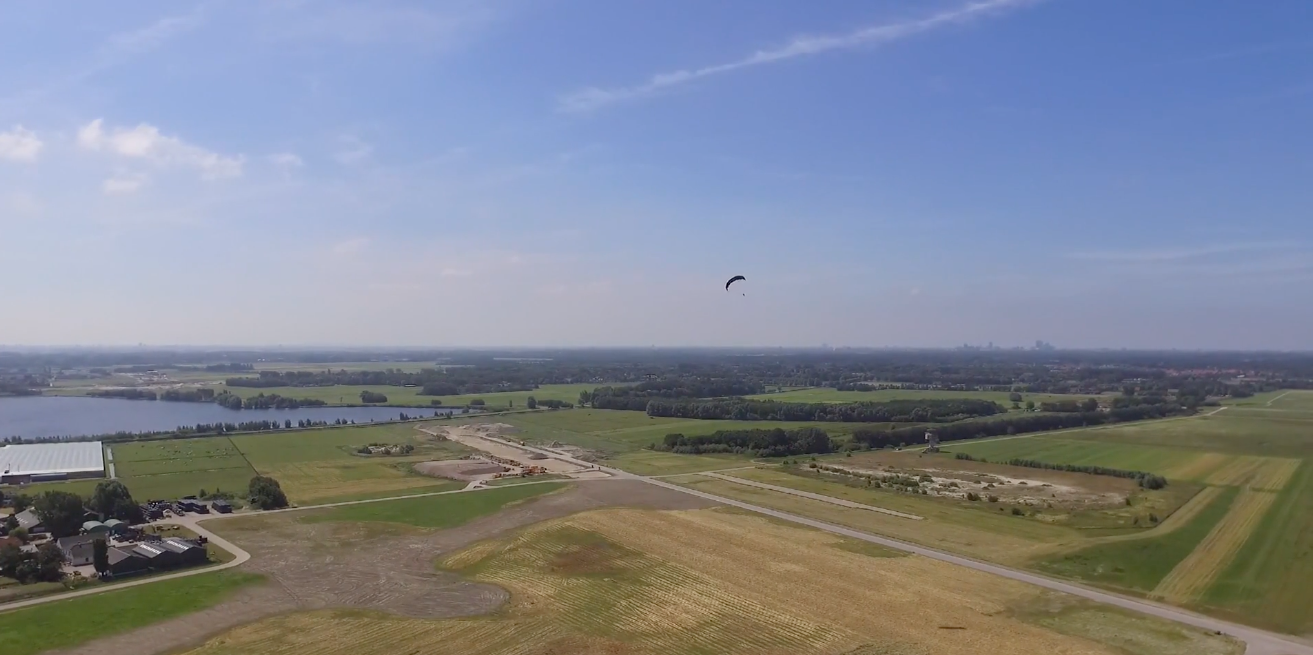MERIDIONAL proposal awarded by the EU
Developing a toolchain to further assess the performance of wind energy systems
June 2nd, 2022
MERIDIONAL is a research proposal by a consortium of academia and industry, led by TU Delft. Kitepower is one of the industry partners. The proposal was submitted to the EU Horizon Europe call on physics and aerodynamics of atmospheric flow of wind for power production. The proposal was awarded by the EU and we are now in the preparation phase expecting the start of the program in October of this year.
The goal of the project is to achieve a better understanding of the unsteady inflow conditions at altitudes above the first layer of air above the ground (the surface layer). The aim is to develop a toolchain to efficiently and effectively assess the performance and reliability of airborne wind energy devices and conventional wind turbines. This is important to site evaluation but also for increasing the wind plant efficiency and making the operation of AWES safer.
MERIDIONAL’s consortium consists of a total of 12 partners including 5 leading technical universities (TUDelft as the coordinator and 4 others from Denmark, Italy and Germany) and 3 Airborne Wind Energy companies (Kitepower, Kitenergy, Kitekraft). One of the project partners is the US national renewable energy laboratory (NREL) which will contribute in-kind. The grant’s total budget is 6.7 million EUR, most of which is reserved for the universities while Kitepower will receive around 240.000 EUR. The project is 100% funded over a total runtime of 4 years.
In addition to the standard instruments of a Kitepower system (using the kite as a sensor), ground-based LIDAR (Light Detection and Ranging) and drone-mounted 3D flow measurements performed during the flight tests, Kitepower will contribute to the models of the toolchain with system knowledge and test data. A further area of interest will be the interaction of the flow and the movements and shape of the kite. Based on the new toolchain, predictions of system performance in upscaled or park configurations will also be made. The latter analysis is particularly important to predict the impact of airborne wind energy on the future energy landscape.
The proposal convincingly demonstrates significant progress beyond the state of the art, regarding forecasting wind flow in high altitudes for airborne wind energy systems (AWES).
EU Horizon commission
We are very happy that the European Commission recognizes the importance of developing the toolchain and associated models and supports the airborne wind energy community in achieving its goal to make an impact.



